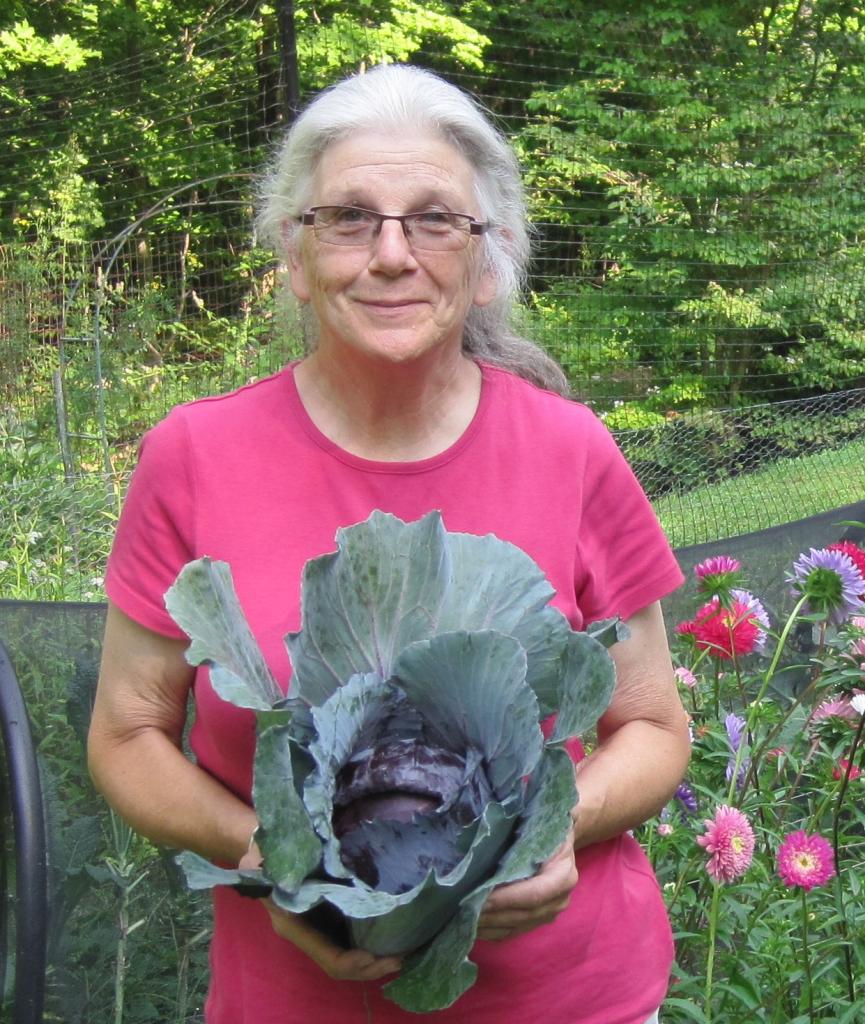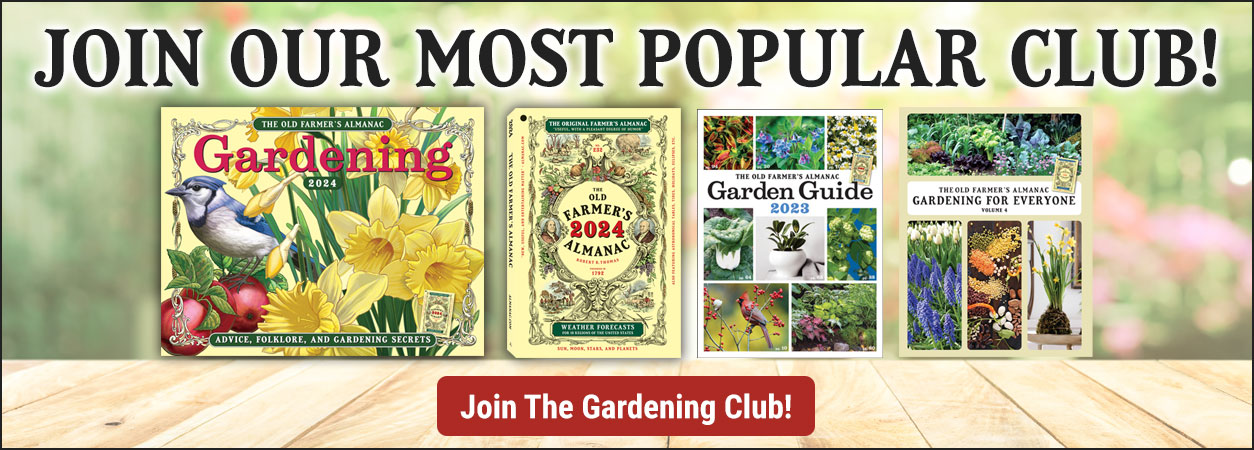Got weeds? Many of the so-called “weeds” that you find in your backyard are perfectly edible wild greens. Here is a list of 20 common edible weeds. See if you can identify any in your yard or in nature. Not only can you eat these super-nutritious plants, but also knowing about them may make weeding more fun, too!
From the first dandelion rosettes in the spring, edible weeds abound. Then comes the stinging nettle emerging near the berry bushes and the wood sorrel along the edges of the vegetable plot. Bowls of wild salad and cooking greens (“weeds”) will span the weeks until the arrival of our cultivated lettuce, lamb’s-quarters, amaranth, purslane, and others—bowls not only of wild leafy greens, but also of roots, flowers, berries, and stems.
There are many more wild edibles. Mustard garlic tastes like mustard greens with a hint of garlic. Plus, there are common plantain, cress, curly dock, chicory, and galingsoga growing in abundance right outside our doors. Even the leaves and dainty flowers of violets and violas are edible, including the tiny ones that often invade lawns and gardens. Foraging for wild greens has become a popular hobby for many; even city dwellers are getting into it.
 Young dandelions and stinging nettles ready for sauteeing (with cabbage and garlic).
Young dandelions and stinging nettles ready for sauteeing (with cabbage and garlic).
Our ancestors harvested many of the plants we call weeds right along with their veggies for use in salads and as cooked greens. Here we have something that is good for us, free, and growing in abundance in our own backyards. In some countries, plants that we consider weeds are essential ingredients in their cuisine.
Why Eat Weeds? Many Benefits!
- Higher nutrient levels: Nutritionally, many wild greens are higher in antioxidants, vitamins C and E and beta-carotene than spinach! Unlike our cultivated crops, wild plants have evolved sophisticated strategies for getting everything they need in an intensely competitive, often-hostile environment. They often contain higher nutrient levels than those found in cultivated food plants, especially trace minerals.
- Health-promoting: Our human diets are meant to have more plant biodiversity than what a grocery store provides (i.e., a small percentage of edible plants). When you diversify your diet, you add vitamins and minerals to your diet. You’ll need to experiment to find tasty ways to serve wild foods.
- Disease-fighting: Wild plants also must manufacture all of the compounds that protect them from excess solar radiation and from attack by fungi, viruses, and bacteria, as well as larger predators. The same compounds that plants manufacture for protection from environmental assaults may serve humans as antioxidants, anti-inflammatories, antibiotics, and pain relievers and in many other ways.
- Nature: Finally, for me, anyway, foraging a little of my food from the wild satisfies some deep, primal need, connecting me to the natural world around me and to my hunter-gatherer ancestors
List of 20 Edible “Weeds”
NOTE: As with many vegetables, not all parts of edible weeds can be eaten. Do your research. (See safety tips below.)
- Amaranth
- Bittercress (Shotweed)
- Burdock
- Chickweed
- Chicory
- Cress
- Curly Dock
- Dandelion
- Galinsoga
- Garlic mustard
- Lamb’s-quarters
- Pigweed
- Plantain
- Purslane
- Sheep sorrel
- Shepherd’s purse
- Stinging Nettles
- Violets and Viola
- Wild Garlic
- Wood Sorrel
Highlighting 6 Most Common Edible Weeds
- Lamb’s quarters (Chenopodium album) are super-nutritious weeds containing three times the calcium and at least twice the other nutrients found in spinach. It is second only to the dandelion as the most popularly eaten weed. Its dull, bluish-green leaves look like they have been dusted with powder. The young shoots and leaves can be eaten raw in a salad and the older plants can be cooked briefly (sauteed or steamed) and eaten like spinach.

- Purslane (Portulaca oleracea) has low-growing “weed” found in shady areas and moist garden beds. Its fat, succulent leaves and stems which are edible raw or cooked. It’s a nutritional powerhouse! loaded with iron, vitamins B,C,&E, and beta-carotene and it is one of the highest vegetable sources for heart-healthy omega-3 fatty acids. Purslane’s mild nutty flavor like a cross between spinach and okra. The leaves are a nice addition to a summer salad or stir-fry.
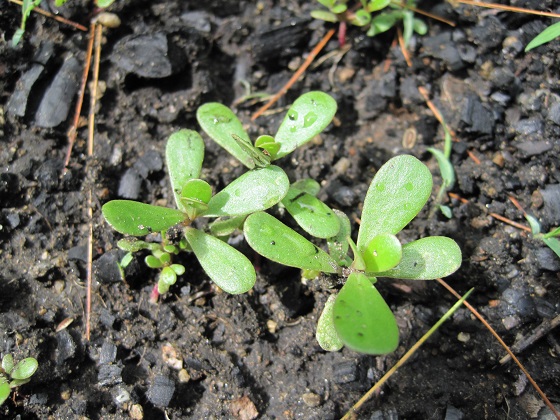
- Shepherd’s purse (Capsella bursa-pastoris) got its name from its heart-shaped seed pods but it is best used as a cooked green early in the season before the seed pods appear. The long green leaves form a rosette over the ground and have a mild mustardy flavor.

- Sheep sorrel (Rumex acetosella has smooth, green, arrowhead-shaped leaves and a tart, lemony taste due to the high content of oxalic acid. This is a bitter green so you’d want to mix it with other salad greens. There is a cultivated version called French or garden sorrel (Rumex acetosa) that has larger leaves but the same lemon-like flavor. Called “oseille” in Europe, it is used in many salads, soups, and as a wilted green.Due to the high amount of oxalic acid in sorrel, people suffering with gout or kidney ailments are cautioned not to eat it because it can exacerbate their conditions.
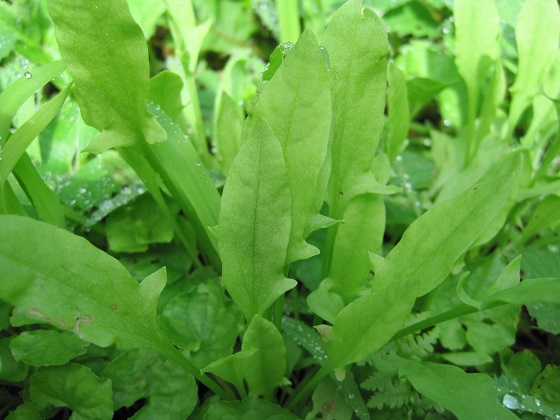
- Common chickweed (Stellaria media) has bright green leaves growing in pairs along a thin stem. Its a hardy annual which likes shady, moist garden spots and is hard to eradicate, even if you could pull out every bit of root, because it produces seeds early in the season. In mild winter climates, it begins blooming before winter ends. Its young leaves are edible, though not especially flavorful, and can be added to a salad and it is rich in phosphorus, calcium, and iron. The fuzzy leaves of its cousin, the moused-eared chickweed (Cerastium vulgatum), should only be eaten cooked. It adds a spinach-like taste to any dish. Chickweed also has medicinal properties and has been used as a topical poultice for minor cuts, burns, or rashes, and can be made into a tea for use as a mild diuretic.

- Dandelions are, of course, one of the most common edible weeds and packed with health benefits, too! Pluck the small tender leaves at the center of the clump and add raw to a salad or cook in a stir-fry or soup; they have a tangy flavor. The sweet, crunchy flowers can be eaten raw or breaded, or even used to make dandelion wine. The root of the dandelion can be dried and roasted and used as a coffee substitute, or added to any recipe that calls for root vegetables. See all our dandelion recipes.
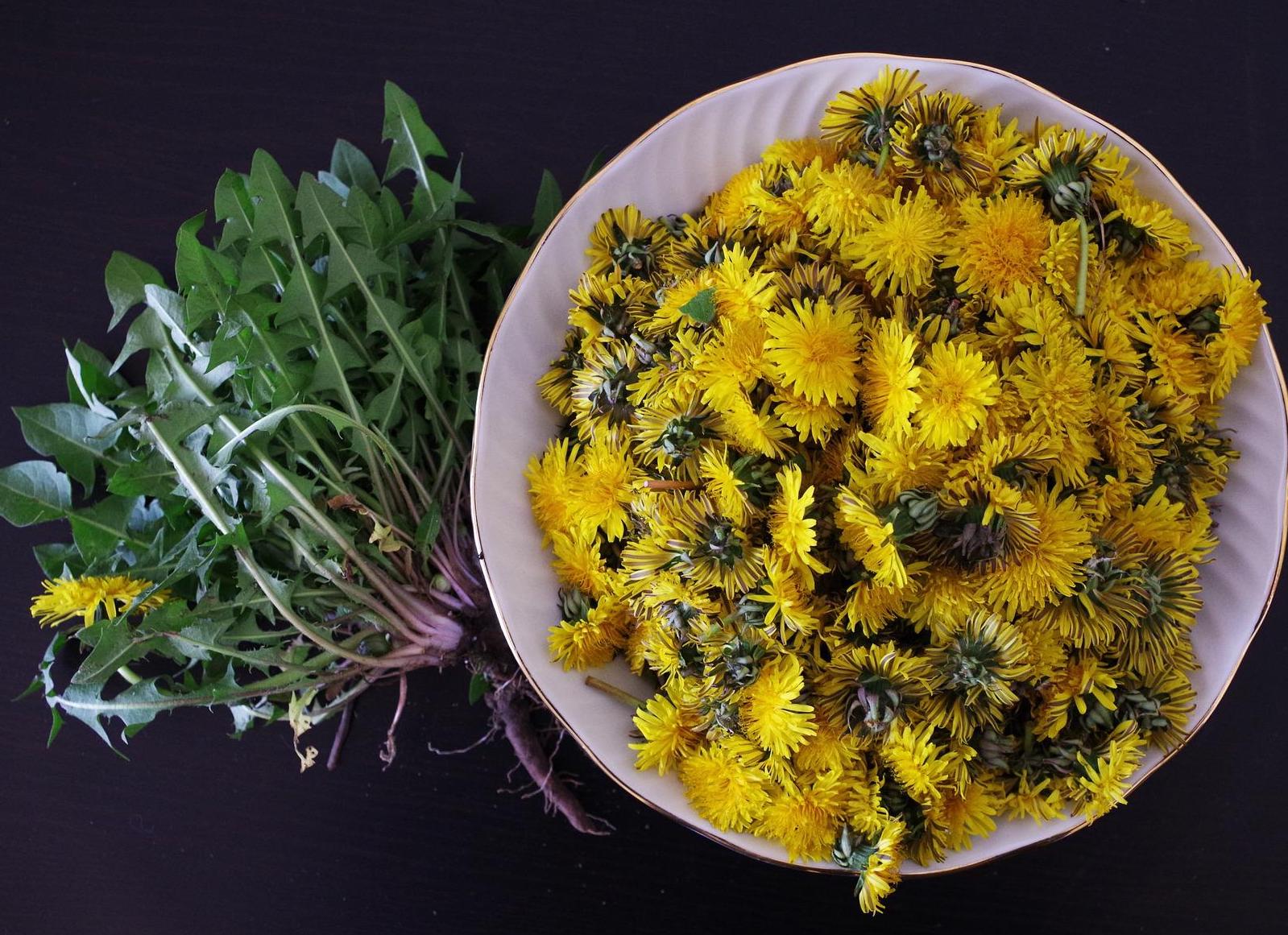
Safety First: Important Rules of Thumb
Before you charge outside and begin grazing, a word of caution.
- Never use any plant for food, beverage, or medicine unless you can identify it with certainty. How do you learn? Read books on wild-food foraging. Check to see if your local Cooperative Extension office. Seek old-timers who know their weeds and ask if you can accompany them on their foraging trips. For a good introductory book, read botanist James A. Duke’s Handbook of Edible Weeds.
- Never forage weeds from lawns or agricultural fields or gardens that have been heavily fertilized or sprayed with pesticides. Even many city parks have been sprayed with chemicals. Basically, avoid places with heavy human traffic and know the history of the land you forage on.
- Don’t harvest wild greens and roots from lawns or other areas frequented by animals, whose droppings may contaminate your harvest. This is especially important if you plan to eat your wild foods raw.
If you’re not ready to forage, that’s fine! Now you are aware of edible weeds! You can find many edible weeds at farmers’ markets and ethnic markets.
Now that we know some of the weeds we pull are as tasty as the vegetables we grow we will have to start calling them volunteer vegetables instead of weeds because as Ralph Waldo Emerson said, “A weed is only a plant whose virtues have not yet been discovered.”
What are some of your favorite wild edibles?


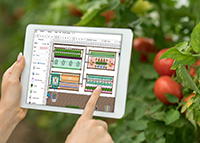

 Young dandelions and stinging nettles ready for sauteeing (with cabbage and garlic).
Young dandelions and stinging nettles ready for sauteeing (with cabbage and garlic).





